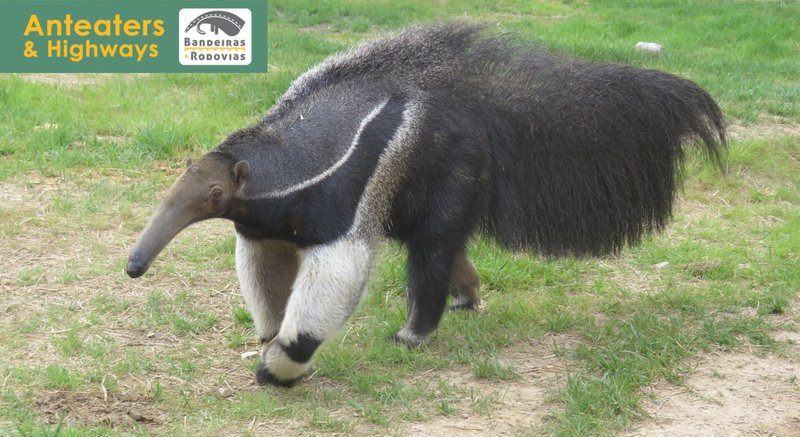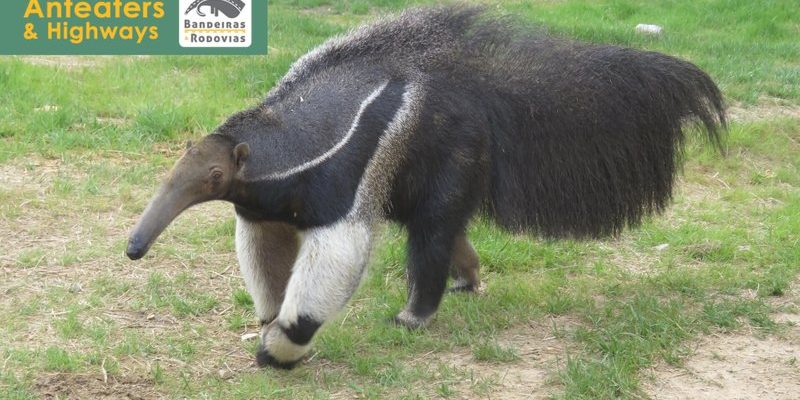
Think of anteaters like nature’s little vacuum cleaners, specializing in a diet of ants and termites. While they seem to be thriving in some areas, the reality is a bit more complex. Imagine losing the very habitats that support these unique animals due to deforestation and urban expansion. So, let’s take a closer look at the different types of anteaters and how they’re faring in the wild.
What Are Anteaters? An Overview
Anteaters belong to a group of mammals called Xenarthrans, which also includes sloths and armadillos. Typically, there are four species of anteaters: the giant anteater, the silky anteater, the northern tamandua, and the southern tamandua. Each species has its unique characteristics and adaptations, allowing them to thrive in specific habitats.
– Giant Anteater: The largest of the bunch, reaching up to 7 feet long, including its tail. It’s mainly found in grasslands and forests.
– Silky Anteater: Much smaller and incredibly cute, these anteaters are about the size of a small cat and prefer tropical rainforests.
– Northern and Southern Tamandua: These are medium-sized anteaters and can be found in various habitats, from dry forests to wetlands.
While each species has its charm, they all play vital roles in their ecosystems—keeping insect populations in check and contributing to the balance of their environments.
The Endangered Status of Anteaters
You might wonder, are anteaters endangered? The answer varies depending on the species. The giant anteater, for instance, is classified as vulnerable by the International Union for Conservation of Nature (IUCN). This means that while they aren’t critically endangered, they face significant threats that could push them closer to that status.
A primary concern is habitat destruction. As forests are cleared for agriculture and urban development, anteaters lose their homes. Additionally, the fragmentation of habitats makes it harder for them to find food and mates. When habitats are broken up, it’s like trying to navigate a maze—difficult and frustrating.
Moreover, anteaters are also at risk from poaching and road accidents. They have a slow metabolism and a specialized diet, which makes them particularly vulnerable to changes in their environment. So, addressing these threats is crucial for their survival.
Threats to Anteater Populations
Let’s unpack some of the key threats that anteaters face, starting with habitat loss. This is perhaps the most significant issue. Imagine if your home was suddenly taken away—where would you go? For anteaters, their homes are being replaced by farms and cities, leaving them with fewer places to live and find food.
Another concern is climate change. As temperatures rise, the ecosystems that support anteaters could shift, making it harder for them to survive. For example, if their food sources decrease due to drought or habitat change, they may not find enough ants or termites to eat.
In addition, human activity leads to roadkill incidents. When anteaters cross roads, they often don’t see vehicles coming, which can lead to deadly accidents. Protection measures, such as signage and wildlife crossings, could help reduce these tragedies.
Global Conservation Efforts
So, what’s being done to help anteaters? Various organizations and conservationists are actively working to protect these fascinating creatures. One important effort is habitat preservation. By creating protected areas, such as national parks and reserves, we can provide safe havens for anteaters and other wildlife.
Additionally, education plays a vital role. Awareness campaigns help local communities understand the importance of preserving anteater habitats. When people know how unique and valuable these animals are, they’re more likely to support conservation efforts.
Moreover, research and monitoring programs are crucial. By studying anteater behavior and populations, conservationists can develop strategies that directly address their needs. This data-driven approach ensures that efforts are effective and focused on real issues.
What You Can Do to Help
Feeling inspired to make a difference? Here are a few simple ways you can help anteaters and other wildlife:
- Support Conservation Organizations: Consider donating to or volunteering with groups dedicated to wildlife conservation.
- Spread Awareness: Share information about anteaters and their plight with friends and family. The more people know, the more action can be taken!
- Reduce Your Carbon Footprint: Simple changes in your daily life, like using less plastic, conserving energy, and supporting sustainable products, can help combat climate change.
By taking these small steps, you can contribute to the broader conservation efforts that protect not only anteaters but countless other species as well.
In conclusion, while anteaters may not be in the spotlight like some other endangered species, their future still hangs in the balance. The threat to their existence is real, but so is the effort to save them. With habitat loss, climate change, and human connections to wildlife, our actions can significantly impact these unique creatures.
By raising awareness and supporting conservation efforts, we can help ensure that anteaters continue to roam the earth for generations to come. Honestly, who wouldn’t want to protect such fascinating animals? So next time you think of anteaters, remember they need our help—and it’s up to all of us to provide it.

